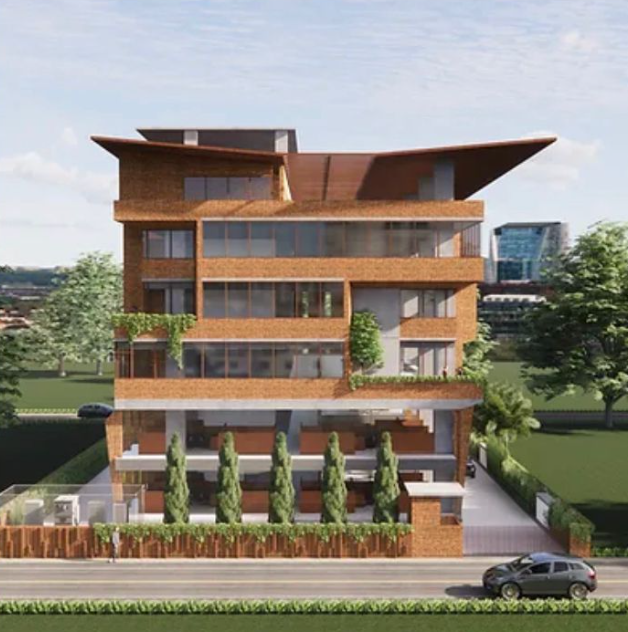Office
New Bel Road
Bangalore , Karnataka
India (560054)

Contact : +91 9632587562
Commercial architecture is a broad field that encompasses the design and construction of buildings used for commercial purposes, such as offices, retail spaces, hotels, restaurants, and other facilities that generate revenue. This branch of architecture requires a keen understanding of both aesthetics and functionality, as commercial buildings must not only be visually appealing but also highly efficient and adaptable to the needs of businesses and their customers.
One of the key aspects of commercial architecture is the focus on creating spaces that enhance the user experience. This involves designing buildings that are easy to navigate, comfortable to occupy, and conducive to the activities that take place within them. For example, in retail spaces, architects must consider factors such as traffic flow, lighting, and display areas to create an environment that encourages shopping and maximizes sales. Similarly, in office buildings, the design should promote productivity, collaboration, and employee well-being through thoughtful layouts, ergonomic considerations, and the incorporation of natural light.
Sustainability has become an increasingly important consideration in commercial architecture. Modern commercial buildings often incorporate green building practices, such as energy-efficient systems, sustainable materials, and designs that minimize environmental impact. Commercial architecture may use strategies like passive solar design, green roofs, and rainwater harvesting to reduce a building's energy consumption and carbon footprint. Additionally, the incorporation of renewable energy sources, such as solar panels or wind turbines, is becoming more common in commercial architecture, reflecting a growing commitment to environmental stewardship.
Technology plays a crucial role in commercial architecture, with advancements in building materials, construction techniques, and digital design tools enabling architects to create more innovative and efficient structures. Building Information Modeling (BIM) is one such technology that allows architects to create detailed 3D models of buildings, facilitating better communication with clients and contractors, as well as improving the accuracy and efficiency of the design and construction process. Smart building technologies, which include integrated systems for lighting, heating, ventilation, and security, are also increasingly being incorporated into commercial designs to enhance the functionality and sustainability of buildings.
The aesthetic aspect of commercial architecture cannot be overlooked. The visual design of a commercial building is often a key factor in its success, as it can influence perceptions of the brand or business it houses. Architects must strike a balance between creating a distinctive, memorable design and ensuring that the building fits within its urban context and adheres to zoning regulations. In some cases, the design of a commercial building may be intended to make a bold statement or to serve as a landmark, while in others, the goal may be to create a more understated, harmonious structure that complements its surroundings.
In urban environments, commercial architecture plays a critical role in shaping the character and identity of a city. Iconic commercial buildings, such as skyscrapers, shopping malls, and hotels, often become symbols of a city's economic vitality and cultural significance. These buildings can also contribute to the public realm by providing spaces for social interaction, cultural events, and other community activities. For example, mixed-use developments that combine retail, office, and residential spaces are becoming increasingly popular in cities around the world, as they promote a more vibrant and sustainable urban environment by reducing the need for long commutes and encouraging walkability.
The role of a commercial architect extends beyond the design of individual buildings to include considerations of urban planning and the broader built environment. Commercial architecture must consider how their designs will interact with existing infrastructure, public spaces, and transportation networks, as well as how they will accommodate future growth and change. This holistic approach to commercial architecture ensures that buildings not only meet the immediate needs of businesses and users but also contribute to the long-term development and sustainability of the communities in which they are located.
In conclusion, commercial architecture is a dynamic and multifaceted field that requires a deep understanding of both design principles and practical considerations. Architects in this field must balance the demands of aesthetics, functionality, sustainability, and technology to create buildings that are not only beautiful and efficient but also contribute positively to the urban fabric and the environment. As the world continues to evolve, commercial architects will play a crucial role in shaping the future of our cities and the way we experience the built environment.